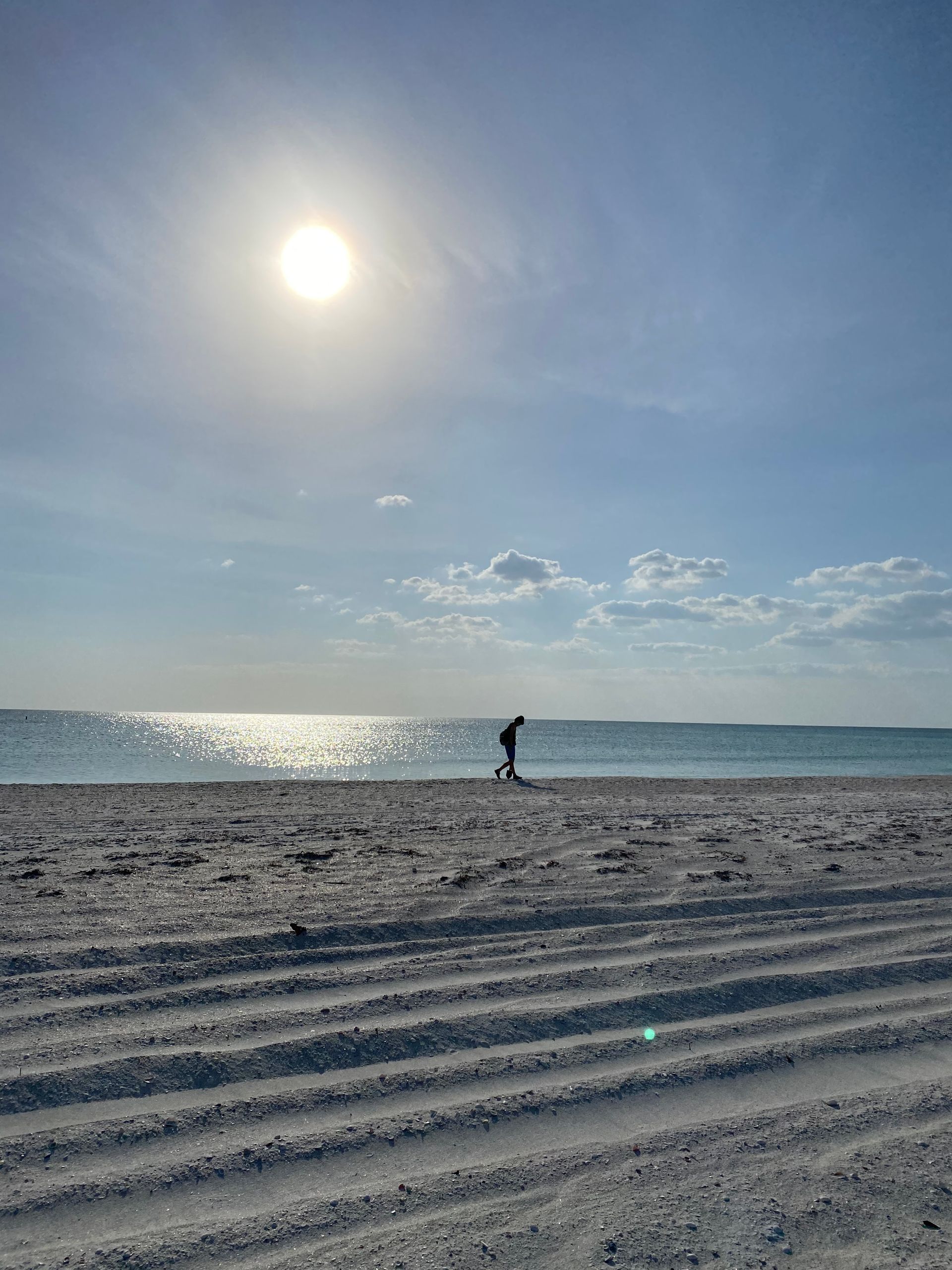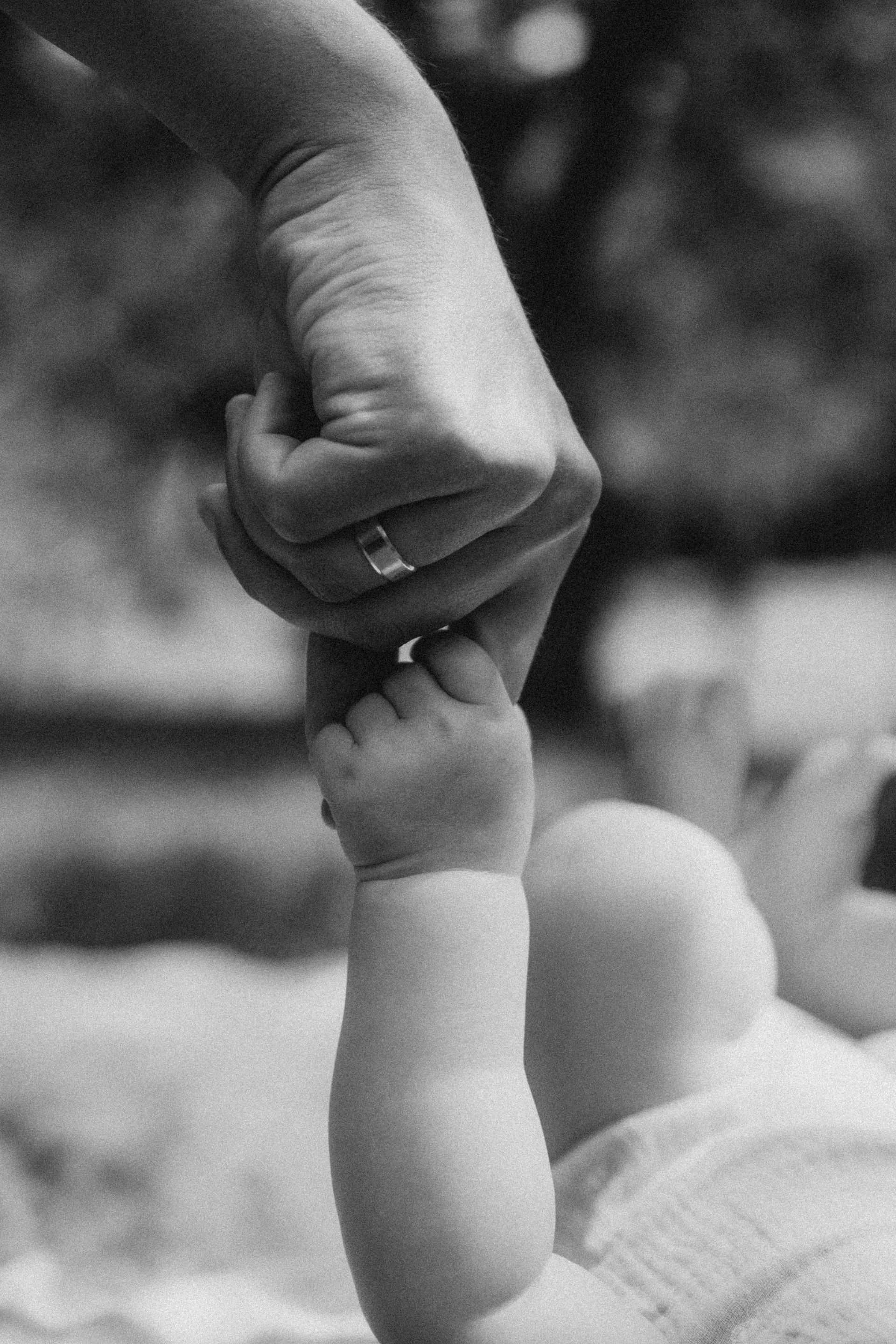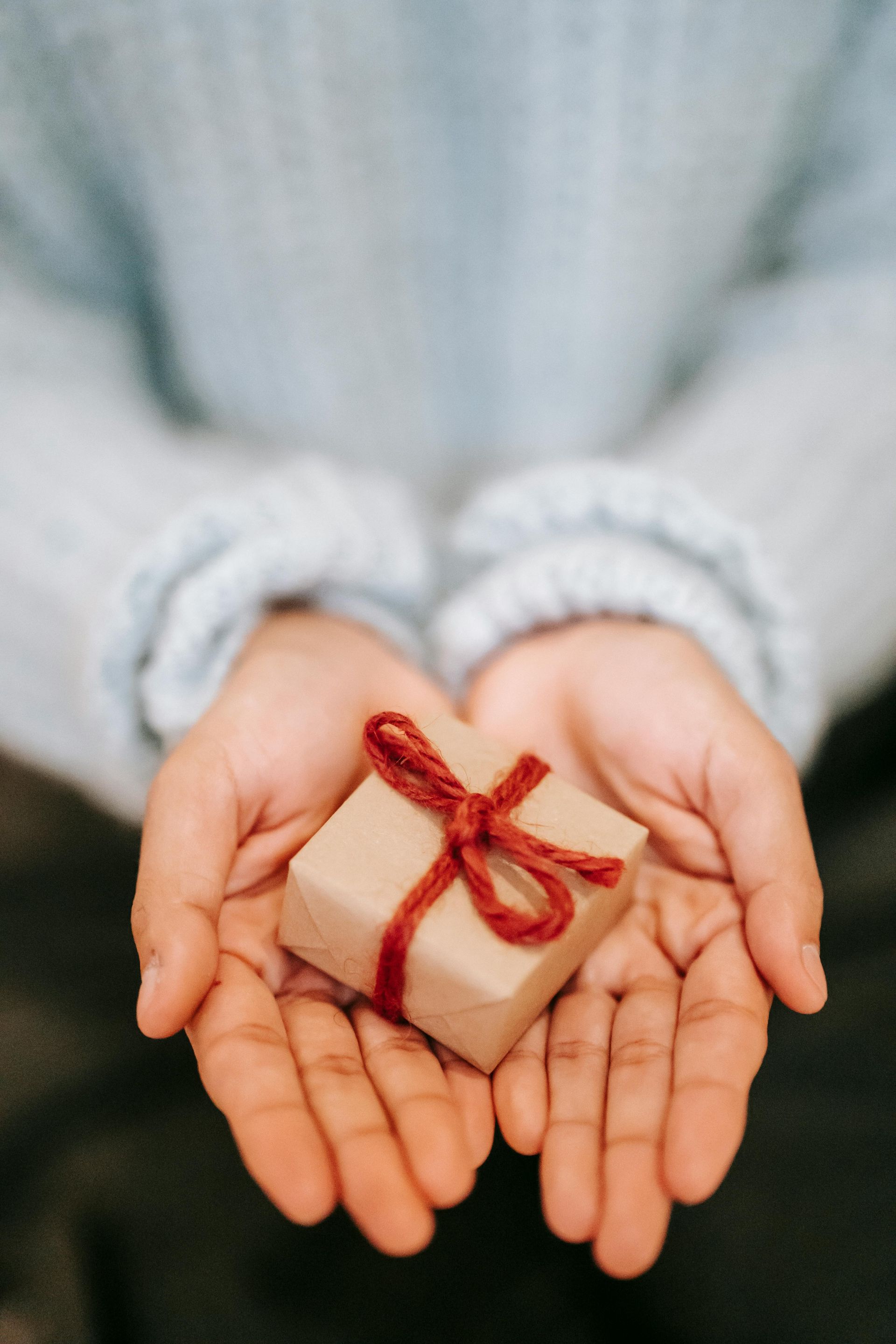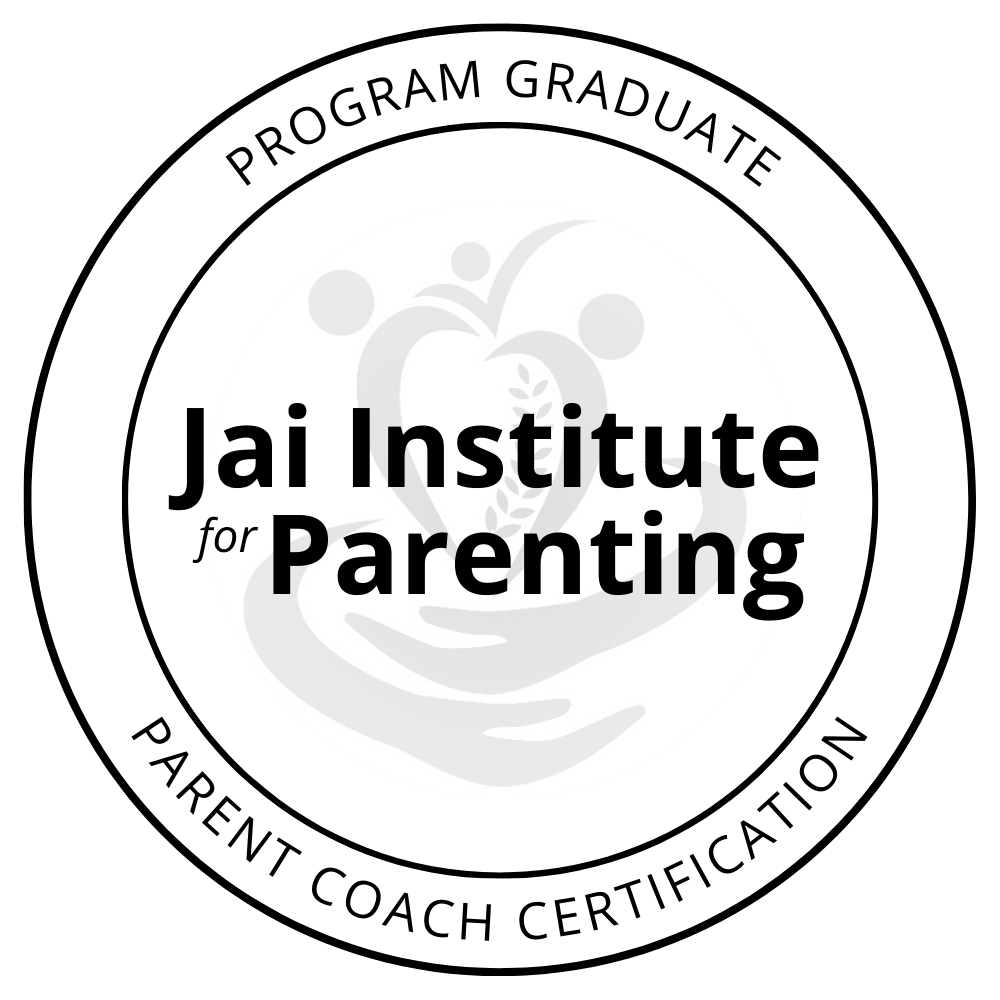What's Sitting Inside
Ultimately I wanted to write a love story for The Patternhood logo. And like many great stories, it has it's origins in darkness...
Many years ago, I found myself in a place, physically and emotionally, where I felt utterly disconnected. I was living in my birth-country, but felt like I was living in a foreign land.
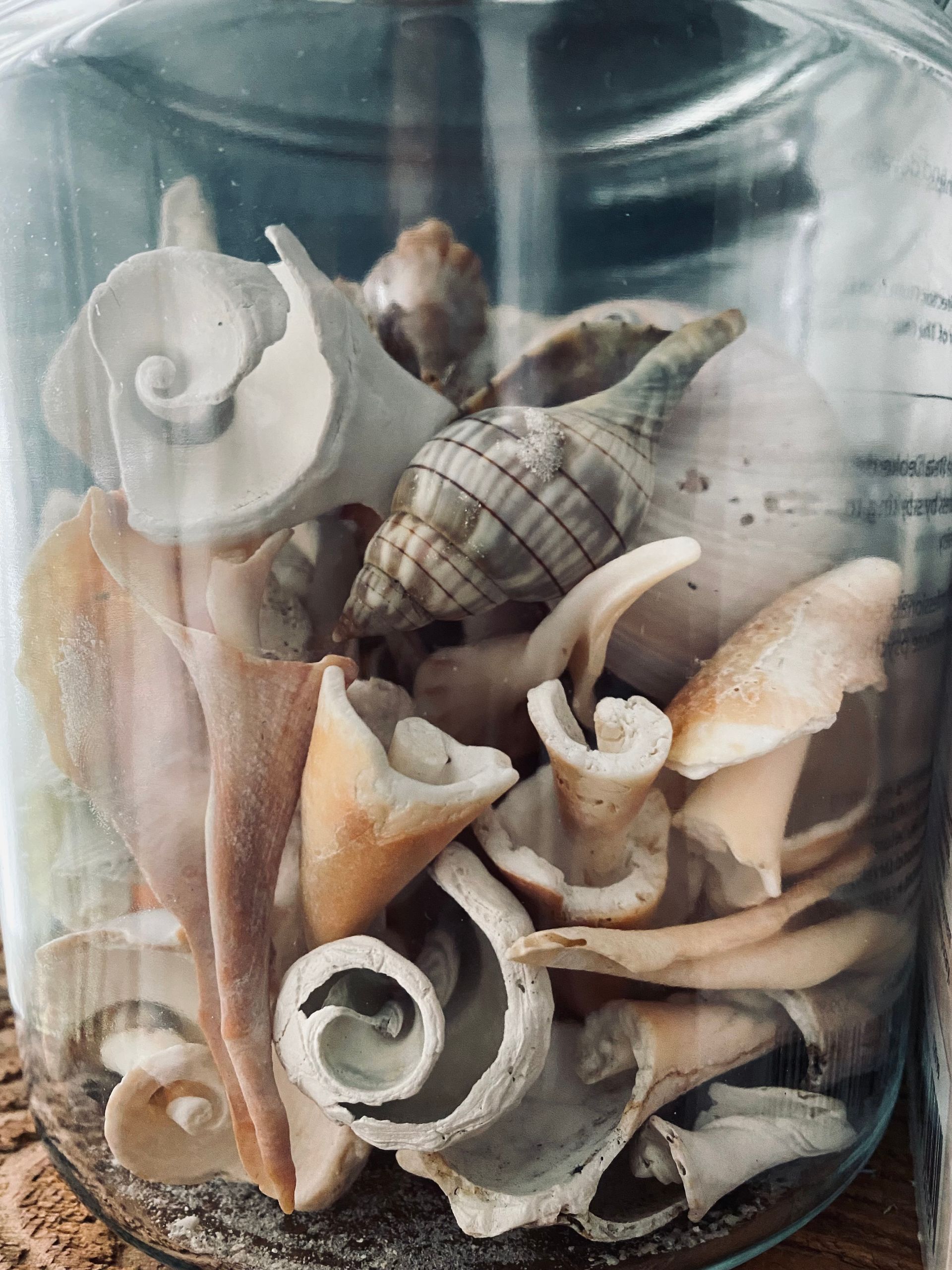
We had moved to a different time zone and somehow that one-hour difference felt like a century to my soul. I met people who had many, many generations of roots growing in that town’s soil—some family root systems were so thick that they were what seemed to be holding the entire town together.
The rootedness of the general population alone was very different for me; my childhood involved three different moves between two states. This happenstance wanderlust somehow followed me into adulthood too, as this location was my sixth state. But even deeper, I felt that I wasn’t accepted in this place. I was seen as a city girl, despite being raised in a small midwestern town. My ideas were either too big or too rigid depending upon who I talked to and what the topic was. Fitting in socially--as an outcast adult--was a brand-new experience for me and honestly, it rattled me a bit.
Navigating the terrain for myself was one challenge, but on top of it I was thrust into stay-at-home motherhood. So, in addition to my own questions about the area, I was also shielding, guiding, and trying to find some acceptance on behalf of my three-year old, Quinn.
Fast forward a few years later when I was homeschooling said child and we came across a labyrinth on our way to the library. We stopped our bikes and explored it. I marveled at how many times we’d gone past and not noticed the garden area that contained the sweet little labyrinth. Walking the small rock-lined spiral gave me a morsel of peace that I didn’t know I could find among that town.
A short time later I was told about a walking-meditation trail in the hills. A local man had built a public (but secretive) hiking trail on his property with scenic lookout spots and contemplative “stations” along the loop. One of these areas included a large walking labyrinth among the forest. It instantly became our favorite place.
Walking those curves and turns, seeing the patterns of this design overlap the path of my own life, was soul awakening.
Explaining this design, and the metaphysical relationship of it, to my child was transformative.
Watching my child walk the curves and turns, and contemplate the life that lay ahead, was the closest thing I’ve come to participating in a spiritual ceremony.
It was majestic and magical combined and left an imprint on my spirit.
Many years later we moved again.
I was at the beach this time and found a broken conch shell. Most people don’t even bother to pick up a shell if it’s broken, but I saw that familiar spiral design and was as mesmerized as the time I came upon that first labyrinth.
I loved how exposed the inside was.
I loved seeing the parts of the shell that were typically unseen.
I loved understanding that it was only because it was broken that I could see how the creature, who once lived inside it, was protected.
I loved seeing the beauty in something others had discarded or ignored.
Mostly, I loved that it reminded me of that beautiful place in the hills and the journey of discovering myself.
From that day forward, I started collecting intriguing shells with spirals. I have a special jar in my office where I keep these beautiful reminders of life.
A labyrinth is said to relate to the soul’s journey to the inner world. A spiral design is thought to be a symbol of a rebirth. These are ancient and sacred designs, often used in meditation and/or prayer work. Self-discovery work typically follows a curving circular motion, so the spiral can be thought of as a metaphor for life’s work. Following the meandering path inwards, we expose the protective elements and find what’s sitting inside. Or as Cheryl Crow sings, “Everyday is a winding road. I get a little bit closer…to feeling fine.”
And that's why, and how, it came to be the image for The Patternhood.
I share all this not to intimidate you or make the coaching work seem heavy, but to let you know I’m not afraid to walk this path with you. We’ll go on the journey together…we’ll explore and unravel your spiral to find the heart of connection. I’m here for you.
~ajm
